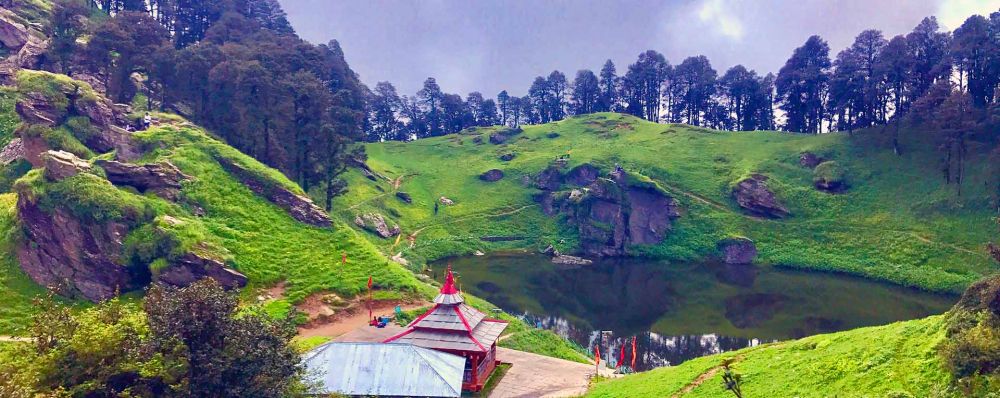

Tirthan Valley is a gem nestled in the Kullu district of Himachal Pradesh, India. Renowned for its pristine beauty, the valley has been a destination for those seeking tranquility and an escape from the hustle and bustle of city life. The history of tourism in Tirthan Valley is relatively recent, as it has long been overshadowed by its more famous neighbors like Manali and Shimla.
The tourism in Tirthan Valley began to pick up pace in the early 2000s when adventurers and offbeat travelers started looking for new destinations that were not overrun by tourists. The valley, with its untouched forests, diverse wildlife, and easy access to the Great Himalayan National Park (GHNP), became an attractive spot for eco-tourists and those who appreciated the outdoors.
As word of mouth spread, more homestays and guesthouses started cropping up to cater to the increasing number of visitors. The local community, primarily involved in agriculture and orcharding, found a new source of income in tourism. They began offering authentic Himachali experiences, which included traditional cuisines, cultural insights, and guidance in exploring the valley.
With the designation of the Great Himalayan National Park as a UNESCO World Heritage site in 2014, Tirthan Valley's prominence in the tourism circuits experienced a significant boost. It led to better road infrastructure and more structured development in terms of accommodation and activities.
Aware of the valley's fragile ecosystem, both local authorities and residents have been proactive in conservation efforts. Sustainable tourism has become a mantra, with a focus on preserving the natural environment while still allowing visitors to enjoy the splendors of the valley. Activities such as catch-and-release fishing, trekking with certified guides, and community-driven waste management are emphasized to maintain the valley's ecological balance.
Tirthan Valley has evolved from an undiscovered destination to a model of sustainable and responsible tourism in Himachal Pradesh. Its growing popularity is a testament to the efforts of the local community and authorities to balance tourism with conservation, offering an invigorating yet relaxing experience to all who visit.